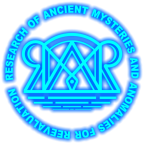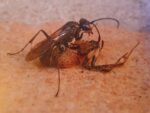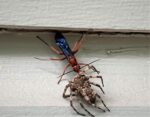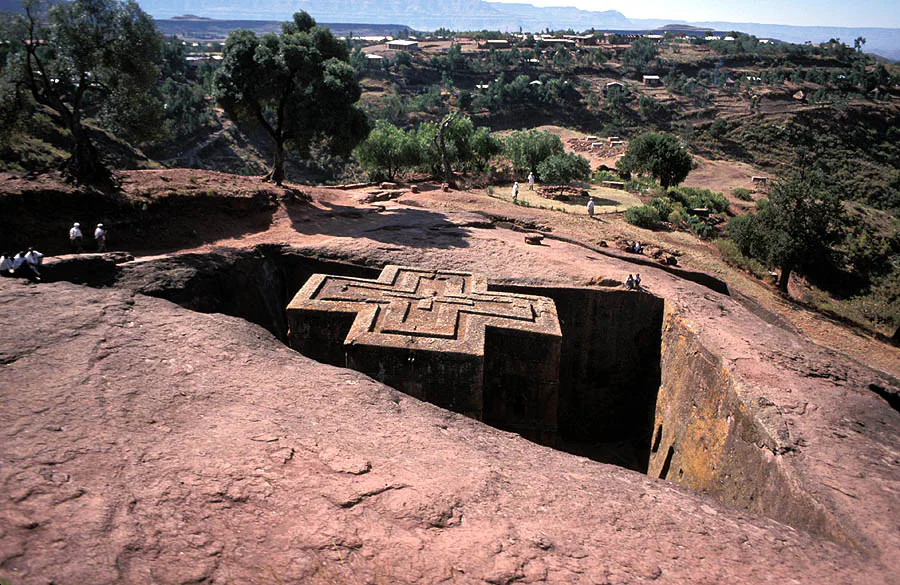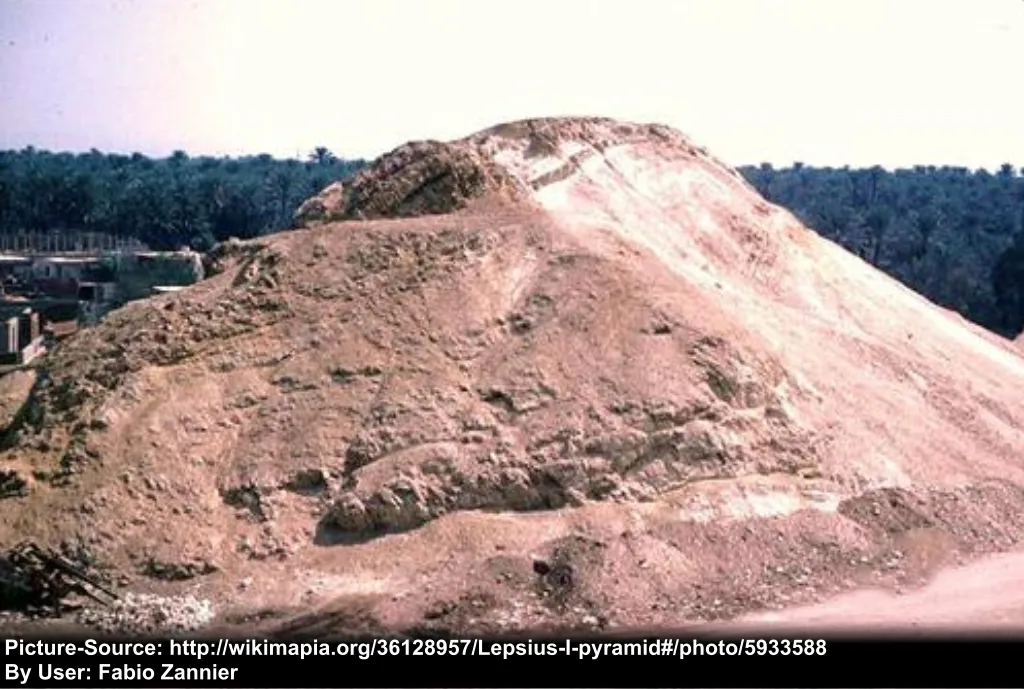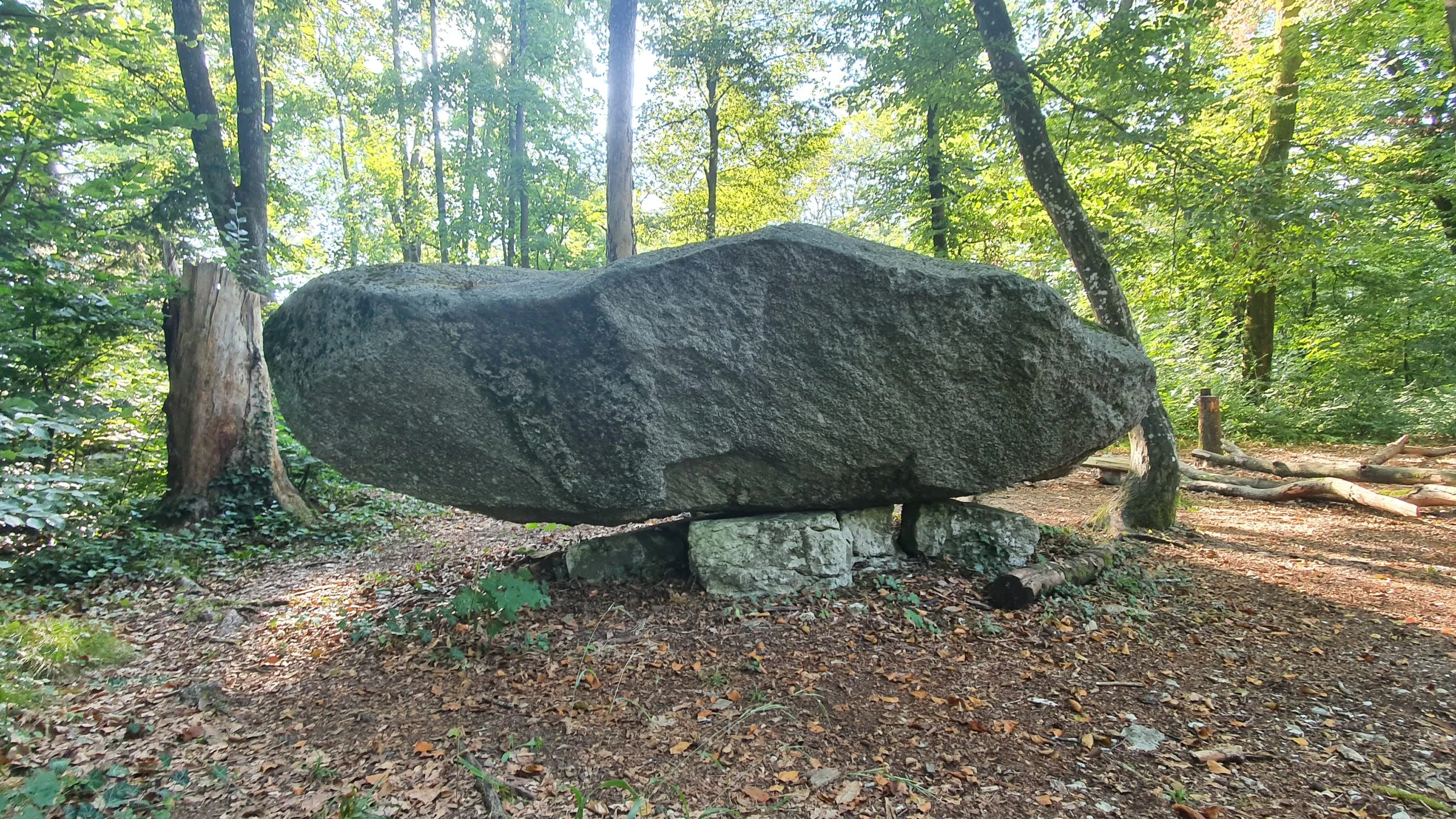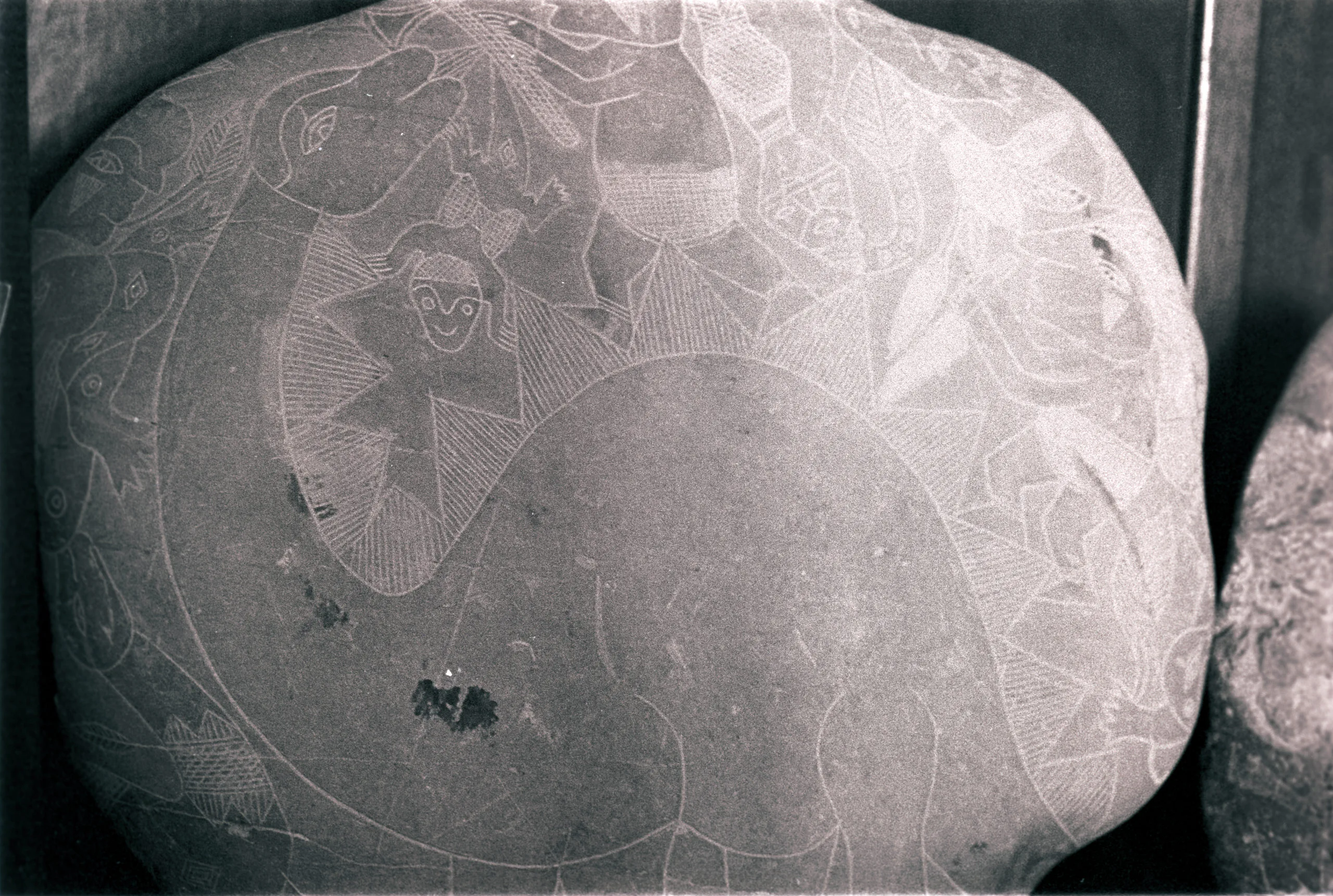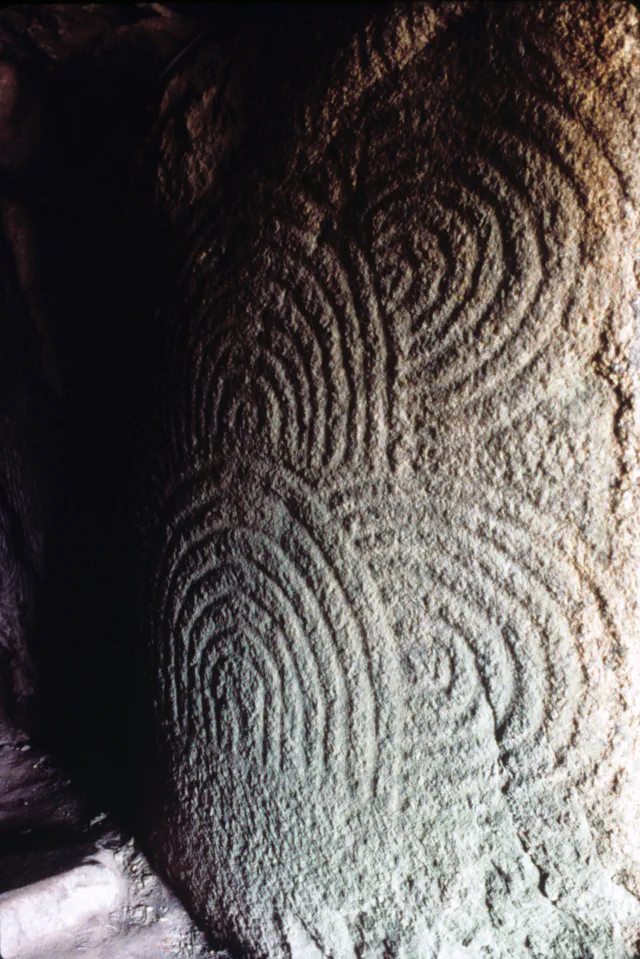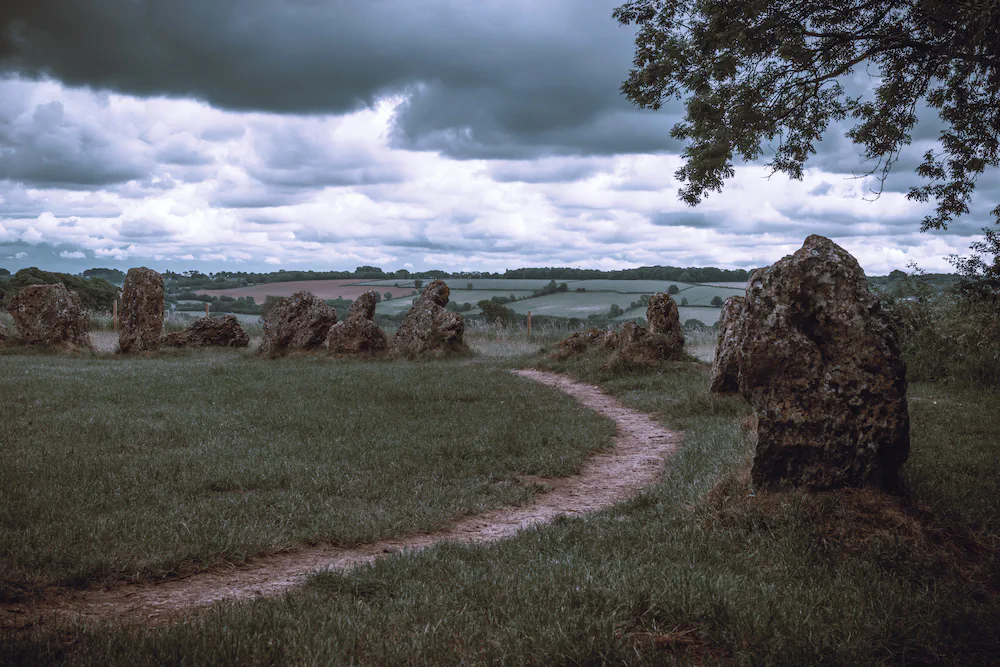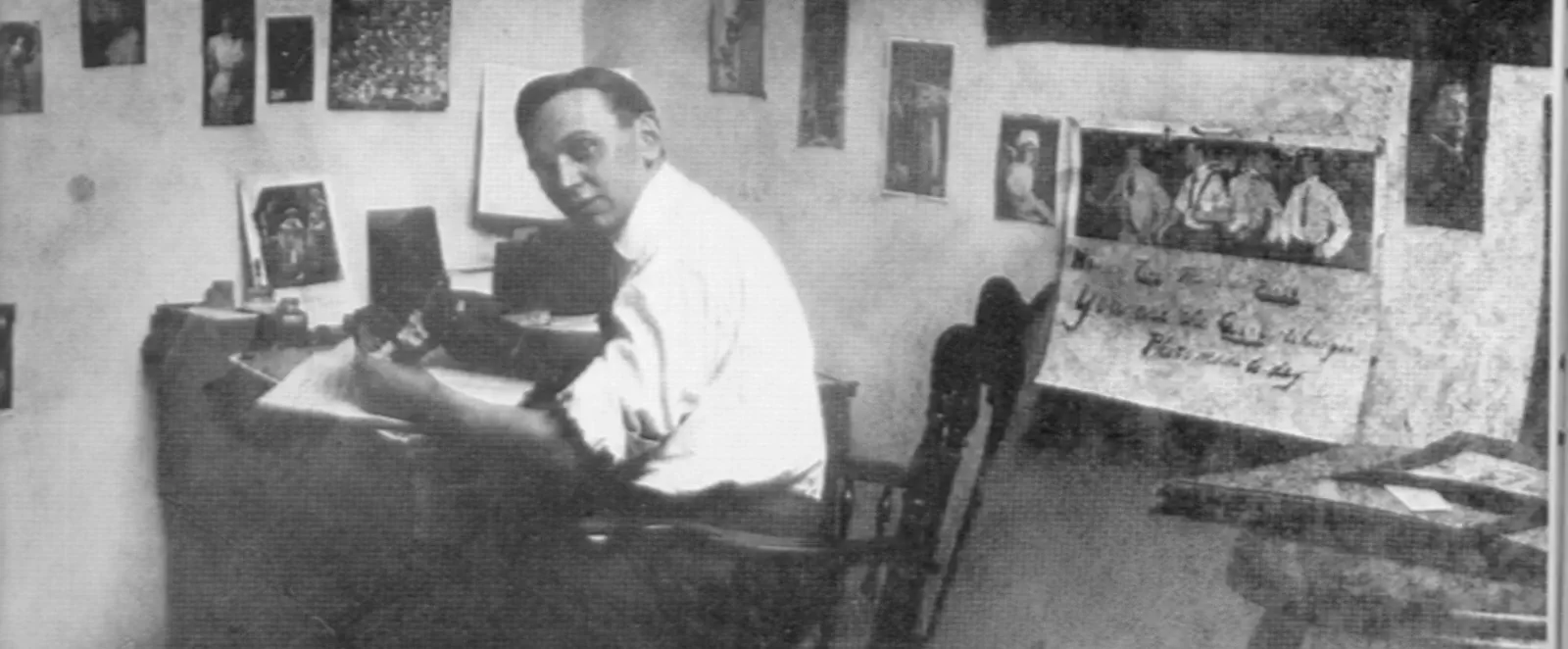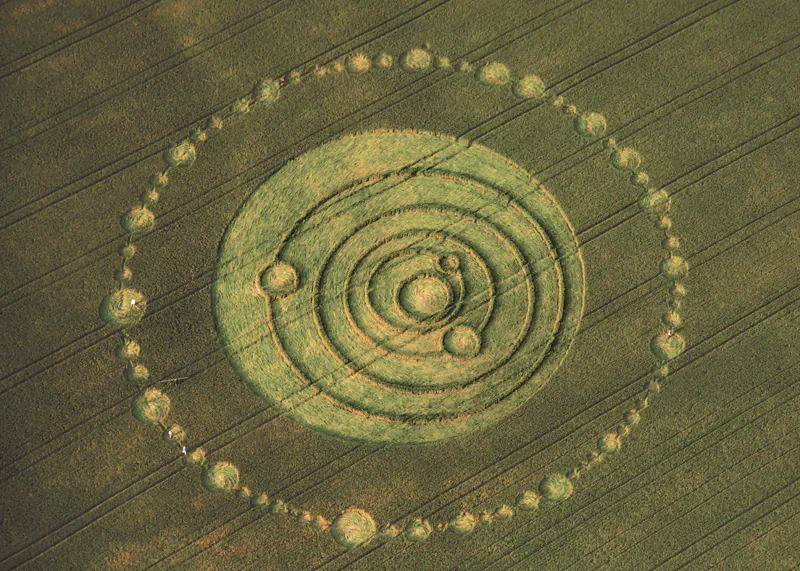Reproduction of Captain Cook Wasp & Spider Wasp and many Hymenoptera species
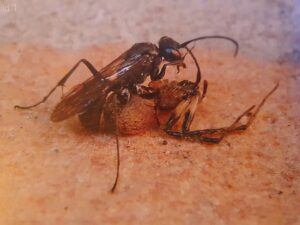 Real X-File ID: 6971
Real X-File ID: 6971
Report Date: 11/01/2022
Country: Australia
Place: Beaconsfield Western Australia
Fingerprints: Biological artefact in contradiction to mainstream science evolution theory, Other unexplained phenomenal occurence
Existing Facts Sources: Book
Summary Report:
The Captain Cook wasp (Agenioideus nigricornis) and also the Spider Wasp (Pompilide) and many other Hymenoptera species attack the redback spider or other spiders from behind and inject in their back their poison into the wound. The spider is then paralysed. After this event the wasp lays an egg into the perforated spot on the back of the spider. From this moment on a larva develops in the body of the spider. After the larva ecloses it does eat the innards of the spider which are not necessary to survive, so the spider lives as long as possible and stays fresh for the further consumption of the baby wasp. This incredible mystery of a reproduction scenario has been analysed by the German insect scientist researcher Prof. Dr. Lars Krogmann. Also other similar or relative species like the spider wasp (Pompilide) do attack much larger and very poisonous spiders and accomplish such incredible reproduction tasks.
According to Dr. Erich von Däniken it is extremely questionable which evolutionary processes must have taken place to accomplish such a reproduction cycle! Not only are these spiders very poisonous, they are hunters and warriors who can defend them self properly. Also, why should a wasp choose such a strange way for reproduction at all? How should have this reproductive cycle ever started or where? – Did the first larva develop in the stomach of the redback spider? It remains a great mystery why and how these great circumstances have been chosen for reproduction.
Links: https://en.wikipedia.org/wiki/Agenioideus_nigricornis
Facts Source Details:
Details of Book: Alles Evolution – oder was?,Erich Von Däniken,KOPP Verlag,09/24/2020
Pictures:
